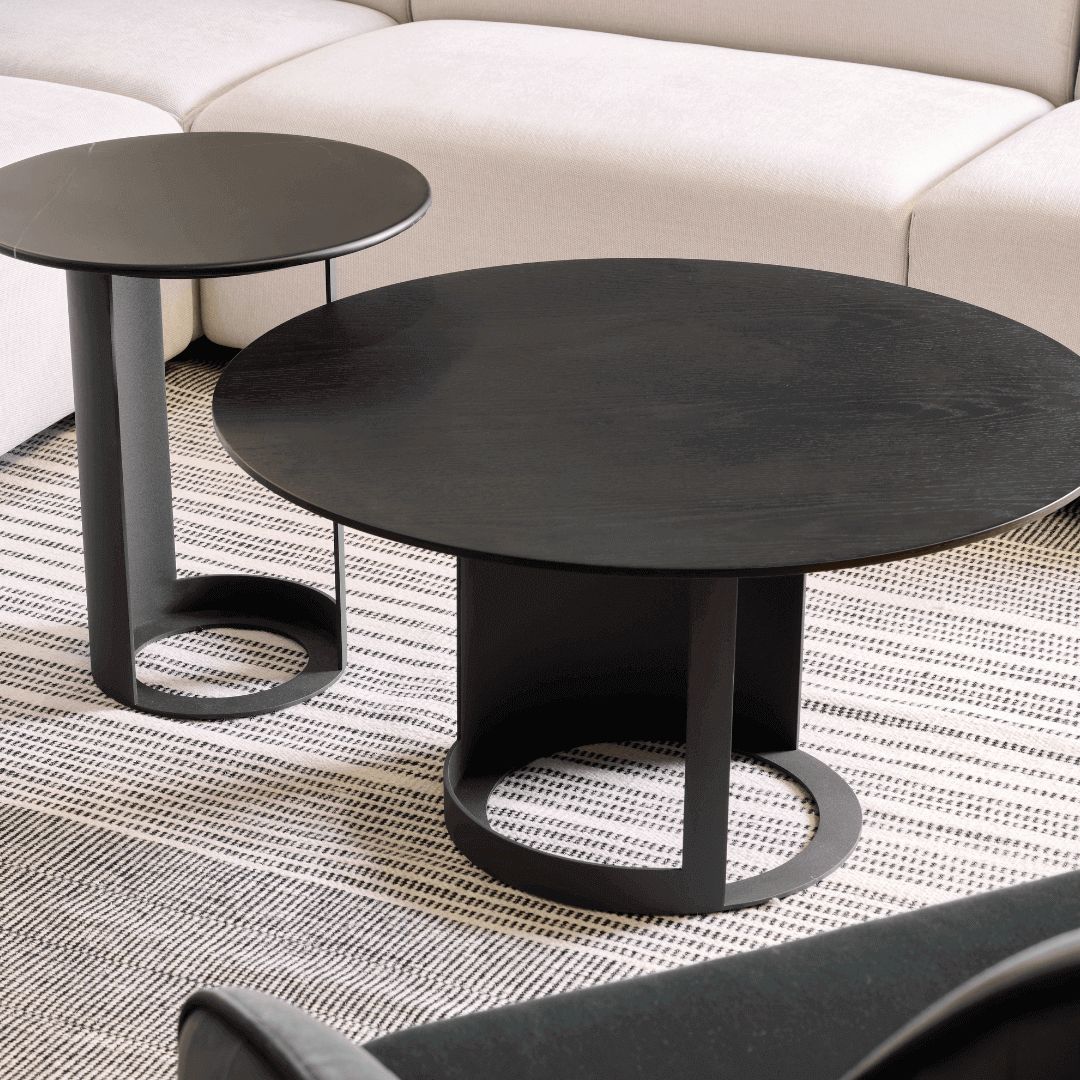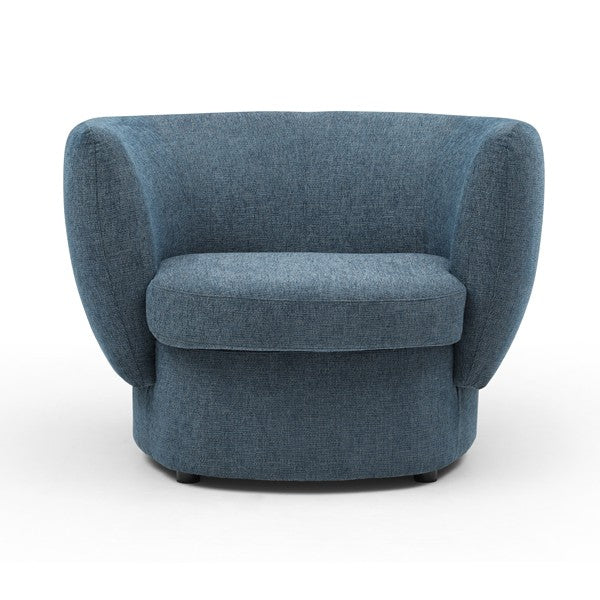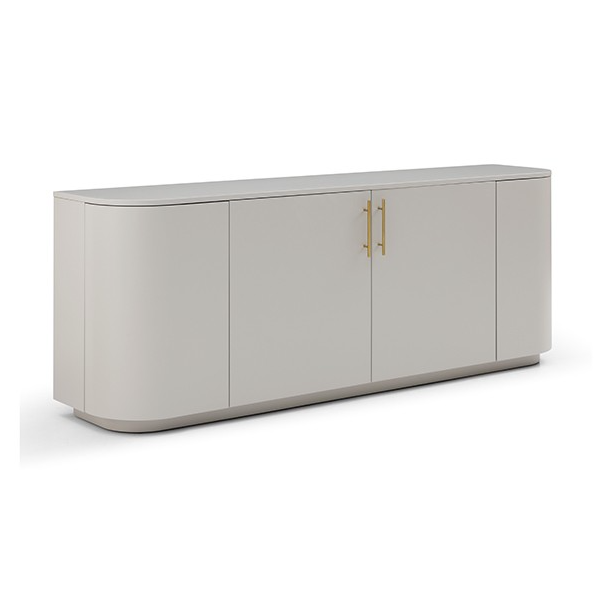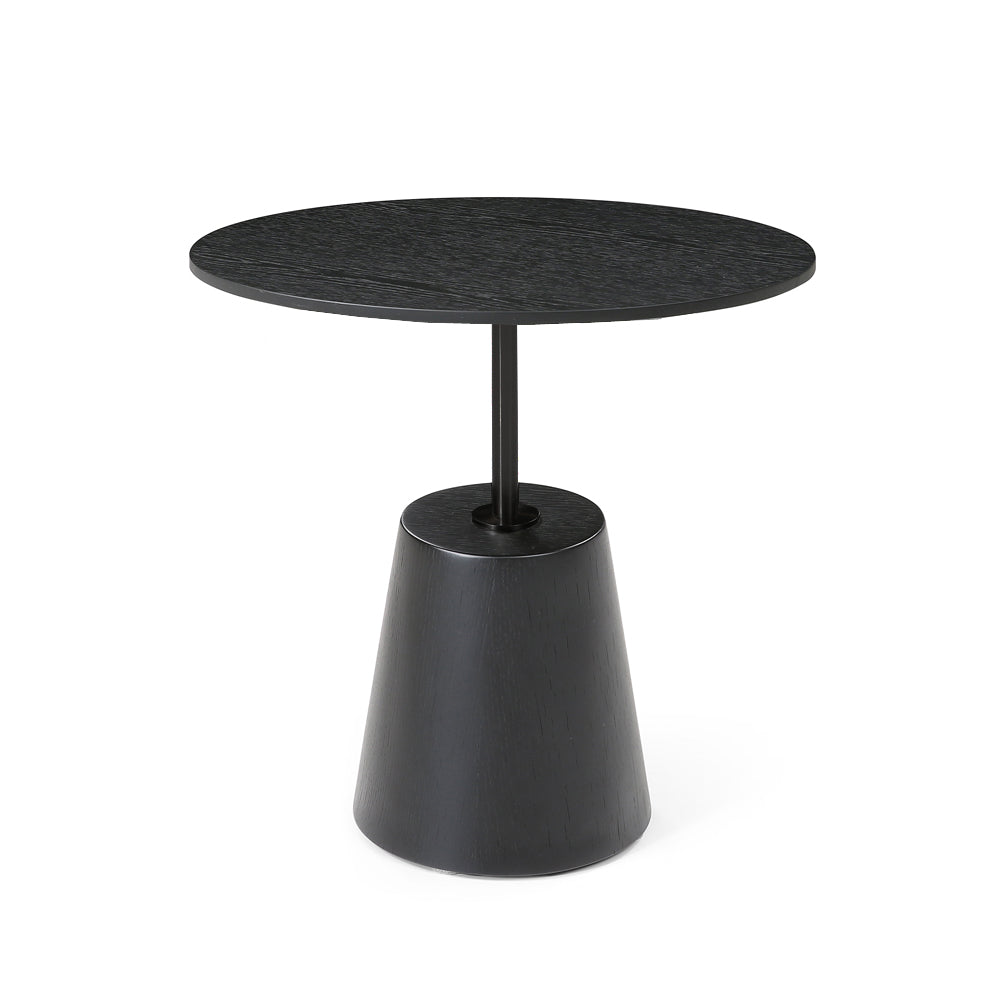

Minimalism is a design style that emphasizes simplicity and functionality. It's all about stripping away the unnecessary elements to create a space that is clean, uncluttered, and calming. Minimalist interiors are characterized by a neutral color palette, clean lines, and a lack of decorative elements. The focus is on the essentials, with furniture and decor that are both practical and aesthetically pleasing.
One of the main benefits of minimalism is that it can help to reduce stress and promote a sense of calm in the home. By removing unnecessary clutter and distractions, minimalist interiors can create a calming environment that is conducive to relaxation and focus. Minimalism is also a great way to make a small space feel larger, as the lack of clutter can create a sense of openness and airiness.
However, minimalism can also be seen as cold and sterile, with a lack of personality and character. Without careful attention to detail, minimalist interiors can feel sparse and uninviting. Many people also find it difficult to maintain a minimalist space, as it requires constant attention to keep clutter at bay.
Benefits of Minimalism in Home Design
- Creates a calming and relaxing environment
- Makes small spaces feel larger
- Encourages a focus on essentials
- Reduces stress and promotes mindfulness
- Easy to maintain with minimal clutter

Maximalism is the opposite of minimalism, with a focus on bold colors, patterns, and textures. Maximalist interiors are characterized by a mix of styles, colors, and textures, with a sense of eclecticism that creates a vibrant and energetic space. Unlike minimalism, maximalism is all about excess, with an emphasis on self-expression and individuality.
One of the main benefits of maximalism is that it allows you to showcase your personality and style. With a focus on bold colors and patterns, maximalist interiors can create a sense of drama and excitement that is both fun and inviting. Maximalism is also a great way to repurpose vintage and eclectic pieces, creating a space that is unique and personal.
However, maximalism can also be overwhelming and chaotic if not executed correctly. With so many colors and patterns, it can be difficult to create a cohesive look that doesn't feel cluttered or busy. Many people also find maximalism difficult to maintain, as it requires constant attention to keep the space from feeling cluttered.
- Allows for self-expression and individuality
- Creates a sense of drama and excitement
- Repurposes vintage and eclectic pieces
- Adds energy and vibrancy to a space
- Can be fun and inviting

Start with the basics:
Before you start decorating, it's important to establish a solid foundation for your space. This means investing in quality furniture and selecting a neutral color palette that will serve as a backdrop for your decor. By starting with a simple and functional foundation, you'll have more flexibility to add decorative elements later on.
Mix and match:
To create a space that feels both minimalist and maximalist, it's important to mix and match different styles, colors, and textures. This means pairing simple furniture with bold accessories, or combining vintage pieces with modern decor. The key is to create a sense of balance between simplicity and extravagance.
Embrace color:
Color is a great way to add personality and energy to a space. Whether you prefer bold primary colors or soft pastels, adding color to your decor can help to create a sense of vibrancy and excitement. To keep your space feeling balanced, try selecting a color palette with both neutral and bold colors.
Add texture:
Texture is another great way to add interest and depth to a space. This can be achieved through the use of textiles, such as throw pillows, blankets, and rugs, or through the use of natural materials like wood and stone. By incorporating different textures into your decor, you can create a space that feels both minimalist and maximalist.

If you're drawn to the simplicity and functionality of minimalism, here are some home design ideas to get you started:
- Keep it neutral: Use a neutral color palette, such as white, beige, or gray, to create a calming and uncluttered space.
- Focus on essentials: Invest in quality, functional furniture that serves a purpose and eliminates unnecessary clutter.
- Incorporate natural materials: Use natural materials like wood, stone, and concrete to add texture and interest to your space.
- Keep it simple: Avoid decorative elements that don't serve a purpose, and focus on creating a space that is practical and easy to maintain.

If you're drawn to the bold colors and eclectic mix of maximalism, here are some home design ideas to get you started:
- Embrace pattern: Mix and match patterns, such as stripes, florals, and geometrics, to create a vibrant and energetic space.
- Use bold colors: Don't be afraid to use bold, bright colors, such as red, yellow, and blue, to add energy and excitement to your decor.
- Repurpose vintage pieces: Incorporate vintage and eclectic pieces, such as an antique chest or a funky lamp, to add personality and character to your space.
- Layer textures: Add interest and depth to your decor by layering different textures, such as velvet, fur, and leather.

While minimalist and maximalist design styles may seem like opposites, there are actually a few trends that incorporate elements of both. Here are a few trends to keep an eye on:
Japandi:
Japandi is a design trend that combines the simplicity of Scandinavian minimalism with the warmth of Japanese design. This trend emphasizes natural materials, such as wood and stone, and a neutral color palette, but also incorporates bold patterns and textures.
Modern Boho:
Modern Boho is a design trend that fuses the bohemian style with a more modern aesthetic. This trend makes the most of natural materials, such as rattan and linen, and incorporates bold patterns and colors to create a vibrant and eclectic space.
Maximalist Glam:
Maximalist Glam is a design trend that mixes the bold colors and patterns of maximalism with the luxurious materials and finishes of glam design. This trend emphasizes metallic finishes, such as gold and silver, and incorporates bold patterns and textures to create a space that is both opulent and energetic.

When it comes to home design, there's no right or wrong answer. Whether you prefer the simplicity of minimalism or the extravagance of maximalism, the key is to find the perfect balance between the two styles that suits your personality and lifestyle. By incorporating elements of both design styles, you can create a space that is both stylish and functional, and truly reflects your unique personality and style. So, don't be afraid to experiment with different colors, patterns, and textures, and most importantly, have fun!





